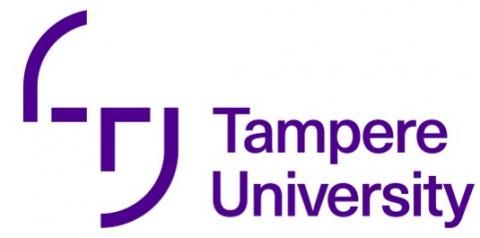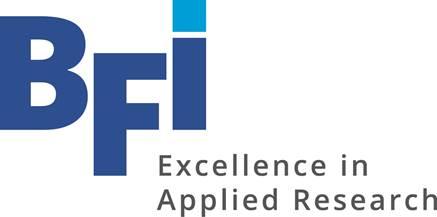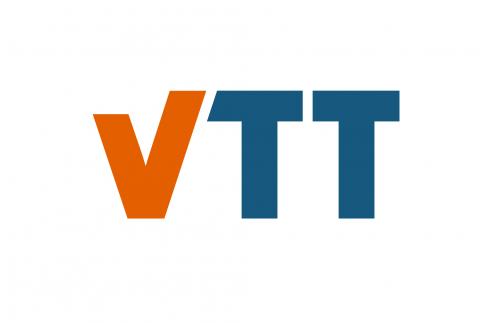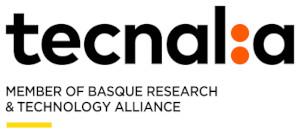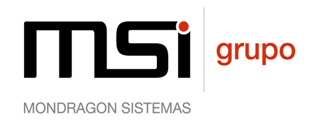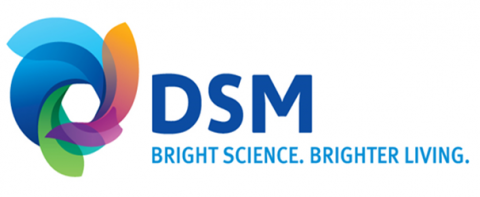Digital Twins
By Carlos Leyva from IDENER (www.idener.es)
During the last years, the Industry 4.0 concept has become more and more relevant in several industries as the manufacturing one.
This concept has been considered as the Fourth Industrial Revolution. The included innovations cover Big Data and Analytics; Autonomous Robots; Simulation; The Industrial Internet of Things (IIoT); Horizontal and vertical system integration; Cybersecurity; The Cloud, Additive manufacturing and Augmented Reality, among others. All these technologies can enable radical innovations and disruptive improvements in the current operations in different industrial sectors.
Considering the relevance of these areas, the Digital Twin has become one of the main drivers for improved performance in the industry. Indeed, the Digital Twin technology combines the power of most of the 9 main areas of Industry 4.0 so as to provide advanced functionality in terms of analytics and optimisation for the digitalised factories.

Figure 1: Relation between Digital Twins and the main Industry 4.0 technologies
Indeed, Digital Twins made Gartner’s list of the Top 10 Strategic Technology Trends for 2018 and the Digital Twin market is expected to grow to over $15B by 2023.
One of the main reasons for this is the intrinsic relation of Digital Twins and the IIoT, which acts as a direct enabler and enhancer of the Digital Twinning capabilities of the industries. This sector (the IIoT) is showing significant continued growth and it is currently estimated that over 60 billion devices will be in operation by 2024.
Digital twins are software representations of different elements involved in the industry scenario that can be used for better understand the underlying process, predict the outcome of the current or potential operating configurations and optimise the overall facility performance in order to obtain improved results. These results can cover either higher yield, enhanced energy efficiency, reduced environmental impact or even better addressing customer needs and requirements.
One of the main ways to address the development of a Digital Twin for a given factory or facility is to follow a hierarchical approach in which these entities are composed of a combination of components, assets, processes and systems. In this classification, each one of the mentioned categories can be combined to form the next one. For instance, an asset can be defined as a combination of components and, at the same time, several assets would form a process. For a proper Digital Twin implementation, all these elements should have their virtual representation so their interaction can be simulated with higher accuracy.
Two of the main elements that enable the setup of a digital twin platform are the data routing capabilities and the capacity for modelling the digitalised elements. The former relates to the need of establishing a clear flow of information between all the elements enabling the Digital Twin, this is the measurement devices (including IIoT ones), the models representing the digitalised assets, the cloud services and the data analytics. In the COCOP project, the consortium is developing a Messaging API that enables this kind of integration through the setup of a message bus to be used for all data sources and consumers to interchange information.
Regarding the digitalised version of the platform components, assets, processes and systems, digital twins rely on the combination of knowledge and multi-scale, multi-physics simulation models. The development of these type of models is a time-consuming complicated task. Indeed, one of the actual aspects hindering a higher penetration of Digital Twins in the industry is the difficulty to implement the kind of models required for these platforms. In this aspect, data-based models which are constructed combining different machine learning methodologies presents as a realistic alternative for developing such models. The main requirement for applying this methodology is having enough data to properly generate a data-based model of the digitalised element. Nonetheless, this barrier is currently easy overpassed thanks to the huge amount of information available in the industry, especially considering the rise of IIoT deployments. Within the COCOP project, several partners are developing mathematical models and using Machine Learning approaches to develop data-based models for different processes. These models have the potential to become part of future digital twin implementations on the two use cases covered in the project (steel and copper industries).
Additionally, there is one main advantage that a Digital Twin enables that is usually just superficially mentioned, but that it is indeed a very relevant one. The availability of a real Digital Twin of a factory significantly increases the capabilities of the automation and control experts of developing new strategies for an optimised control of the facility. This has a huge direct impact on the overall efficiency of the plant. Nonetheless, the availability of a realistic digitalised virtual model of the plant, it is not yet sufficient for allowing this “smart control” of the factory. Current approaches for solving this kind of plant-wide optimisation still need to be improved. In the COCOP project, the decomposition-coordination mathematical approach is followed to split the overall plan-wide optimisation problem into smaller sub-problems that can be solved requiring less computing power.
In parallel with the Digital Twin concept, there is a new name that is gaining trust in the last months, the Predictive Twin. This new concept relies mostly on the same technologies as the Digital Twin one does, but it has a higher focus on the predictive capabilities of the platform for simulating and forecasting future scenarios. This enhanced capability will allow for better preparing for unexpected situations as potential breakdowns.
In this fast-advancing scenario, the COCOP consortium members will be ready to respond to new opportunities where to include the know-how and the advances that are being achieved in the project.
Follow discussion in the COCOP Debate Group in LinkedIn





